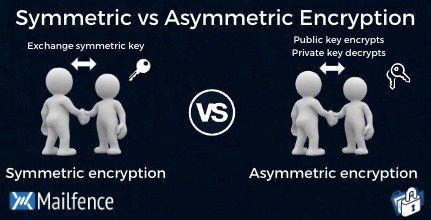
In the area of cybersecurity, encryption functions as a secret language, keeping our digital communications private and safe. There are two major forms of encryption: symmetric and asymmetric. Let's take a deeper look at each one to see how they function and where they excel. Symmetric encryption is similar to sharing a secret with someone you trust. Assume you and your best buddy share a unique code that only you two understand. When sending a secret message, use this code to jumble it. Your buddy then uses the same code to decipher and read the message. That is how symmetric encryption works: it utilizes the same key to lock and unlock the communication. It is extremely quick and efficient since it is similar to two parties exchanging a secret handshake. But there's a catch: you must discover a means to safely communicate your secret key with your pal. If someone else gets hold of it, they can read all of your private communications.
Posted using Honouree